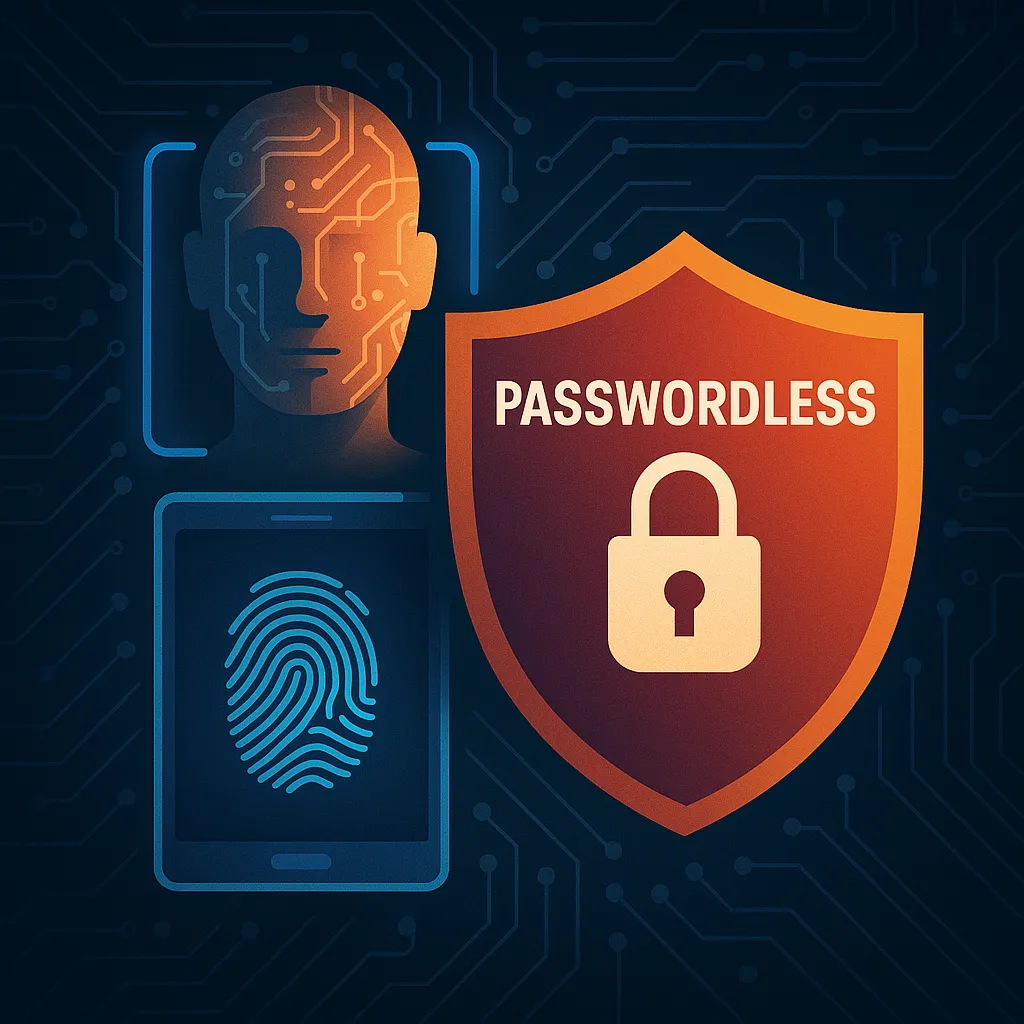The Future of Security: Exploring Passwordless Authentication
In an era dominated by digital transactions and interactions, the traditional password has long been a cornerstone of personal and organizational security. However, with rising cyber threats and the inconvenience of managing multiple passwords, a revolutionary solution is gaining momentum—passwordless authentication.
What is Passwordless Authentication?
Passwordless authentication is a verification process that does not require users to input a traditional password. Instead, it uses alternative methods such as biometrics (like fingerprints or facial recognition), tokens, or SMS codes. This approach is designed to enhance security by eliminating the most exploited vulnerability in cyber attacks: weak or stolen passwords.
According to sources such as OneLogin and Microsoft Security, passwordless methods not only secure accounts but also offer a smoother user experience by simplifying the sign-in process.
How Does Passwordless Authentication Work?
Passwordless systems typically involve one or more of the following techniques:
- Biometrics: This method uses unique physical characteristics such as fingerprints or facial structure to verify identity.
- Security Tokens: Hardware or software tokens generate a login code at the time of access, which acts as a one-time password.
- Mobile Device Verification: A push notification sent to a mobile device requiring user interaction to confirm identity.
Advantages of Passwordless Authentication
The transition to passwordless authentication offers significant advantages:
- Enhanced Security: Reduces the risk of phishing and malware attacks as there are no passwords to steal.
- User Convenience: Eliminates the need to remember and manage multiple passwords.
- Inclusivity: Easier for individuals with disabilities or those who struggle with complex password requirements.
Challenges and Considerations
Although the benefits are compelling, transitioning to passwordless authentication presents challenges such as technology integration issues, initial costs, and user adaptation hurdles. There's also the consideration of backup authentication methods in case of biometric failures or lost devices.
Cybersecurity Insight: Regulatory and Future Trends
As the demand for better security measures grows, regulatory bodies are increasingly recognizing the importance of advanced authentication methods. Predictions suggest that by 2030, most global organizations will have adopted some form of passwordless technology.
However, relying solely on one type of authentication factor can be risky. Experts recommend a layered approach combining multiple methods to ensure robust security.
Final Thoughts and Actionable Advice
Passwordless authentication isn't just a trend; it's the next evolution in securing digital identities. Organizations looking to enhance their security posture should consider evaluating their current infrastructure, potential risks, and the benefits of adopting passwordless solutions.
For individuals, staying informed about available passwordless options and understanding the technology's capabilities can empower more secure online interactions.

